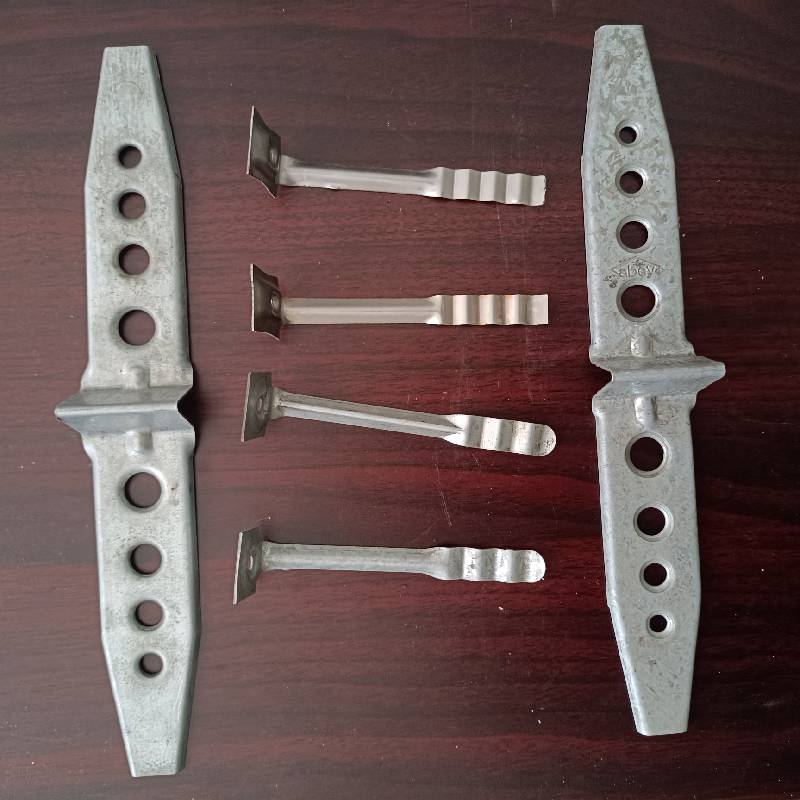
- Mobile Phone
- +8613931874955
- sales@cntcmetal.com
Effective Support Solutions for Rose Plants Using Sturdy Stakes and Techniques
The Importance of Stakes for Rose Plants
When it comes to cultivating beautiful rose plants, many gardeners overlook a crucial aspect of their care staking. While roses are celebrated for their stunning blooms and fragrant foliage, they can be vulnerable to various environmental factors that may compromise their health and beauty. Using stakes can significantly benefit the growth and stability of rose plants, ensuring they flourish throughout the growing season.
Why Stake Rose Plants?
Rose plants, especially hybrid varieties, can grow tall and top-heavy due to their blooms and foliage. Without proper support, these plants may lean or even break under their weight, particularly during heavy rains or strong winds. Staking provides physical support that helps maintain the upright position of rose plants, promoting better air circulation and sunlight exposure. Enhanced air circulation reduces the risk of diseases such as powdery mildew or fungal infections, while adequate sunlight boosts photosynthesis—a key process for plant growth.
Types of Stakes
When selecting stakes for rose plants, gardeners have various options to consider. The most common types include wooden stakes, bamboo stakes, metal stakes, and even decorative options like trellises.
1. Wooden Stakes These are inexpensive and widely available. Choose untreated wood to avoid introducing chemicals into the soil, which can be harmful to the plants.
2. Bamboo Stakes Lightweight, durable, and eco-friendly, bamboo stakes are an excellent choice for supporting rose plants. They blend well with the natural garden environment.
3. Metal Stakes These offer sturdy support for larger or climbing rose varieties. Their longevity ensures that they can withstand weather changes over time.
4. Decorative Stakes and Trellises For gardeners who appreciate aesthetics, decorative stakes and trellises can enhance the garden's beauty while providing essential support. Climbing roses in particular thrive when trained on trellises, creating a stunning vertical display.
rose plant stakes

How to Stake Rose Plants
Proper staking requires some techniques to ensure the safety and health of your rose plants. Follow these simple steps when using stakes
1. Choose the Right Time Stake your rose plants early in the growing season, ideally when you first plant them. This allows for the plant to establish strong roots while being supported.
2. Select the Correct Height The stake should be tall enough to support the plant but should not overshadow it. Ideally, the top of the stake should reach just above the tallest growth of the rose bush.
3. Insert the Stake Place the stake carefully in the ground, about 2-3 inches away from the base of the rose plant to avoid disturbing the roots. Ensure the stake is driven into the ground at least 12 inches deep for stability.
4. Use Soft Ties Once the stake is in place, gently secure the plant to the stake using soft ties or cloth strips. Avoid using string or wire directly, as these can cut into the stems and cause damage.
5. Regular Check-ups As the rose plant grows, regularly check the ties’ tightness and adjust as necessary. As plants expand, they may require repositioning to ensure ongoing support.
Conclusion
Staking is a simple yet essential practice for maintaining the health and beauty of rose plants. By providing physical support, gardeners can prevent damage from environmental conditions while promoting healthy growth and vibrant blooms. With careful consideration of the type of stakes used and proper staking techniques, rose enthusiasts can enjoy stunning displays of color and fragrance in their gardens for years to come. Whether you’re a seasoned gardener or a novice, incorporating stakes into your rose care routine will surely reap rewarding results.
share:
-
Yard Sign Stakes: Reliable Guardians of Outdoor SignsNewsAug.04,2025
-
Wall Ties: Invisible Guardians of Building StabilityNewsAug.04,2025
-
Resilient Web: The Super Guardian Power of Concrete MeshNewsAug.04,2025
-
Masonry Accessories: A versatile assistant on building foundationsNewsAug.04,2025
-
Iron Binding Wire: the 'invisible reinforcement specialist' in the fields of architecture and industryNewsAug.04,2025
-
Dynamic Spring: The diverse functions and excellent performance of Wire Tension SpringNewsAug.04,2025
-
Your Source for Concrete Wall Ties and Masonry AccessoriesNewsJul.10,2025



















